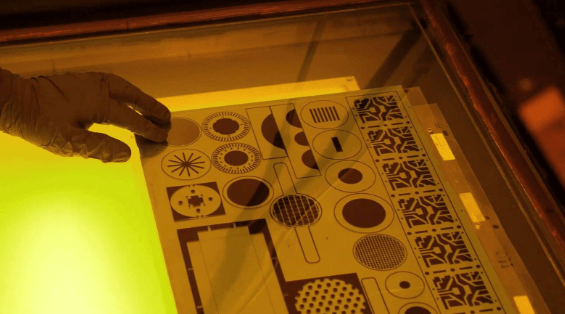Photo etching, also known as chemical milling, is a precise and intricate process that has found its place in various industries. Whether you’re working on intricate electronics, detailed art pieces, or finely tuned mechanical components, avoiding design problems is crucial to achieving the desired results. Here are four essential ways to sidestep common pitfalls and ensure your photo etching projects are successful.
1. Thoroughly Understand Material Properties
Before diving into the design phase, it’s imperative to have a deep understanding of the materials you’re working with. Each material reacts differently to the etching chemicals, and knowing these reactions can save you from significant headaches later on.
Different metals such as copper, stainless steel, and brass have distinct properties that affect how they respond to the etching process. For instance, copper etches relatively easily but requires precise control to avoid undercutting. Stainless steel, on the other hand, is more resistant to etching chemicals and might need a stronger or longer application of the etchant.
Additionally, pay attention to the thickness of the material. Thicker materials may require different handling and different etching times to achieve the desired depth and precision. This consideration is crucial, as improper handling of material thickness can lead to uneven etching and structural weaknesses in the final product. Research and experimentation with different materials and their properties will arm you with the knowledge needed to avoid common design pitfalls.
See also: Common Barcode Scanner Mistakes to Avoid In Inventory Management
2. Optimize Your Design for Etching
The success of photo etching hinges on how well your design is suited for the process. Complex designs with fine details need special attention to ensure they translate well from the digital blueprint to the physical product.
Start by considering the limitations of the etching process. Extremely fine lines and intricate patterns might look good on a computer screen, but they can pose significant challenges during etching. Ensure that the lines are thick enough to withstand the etching chemicals without breaking down. A general rule of thumb is to avoid lines thinner than the resolution capability of your etching equipment. This will ensure that every detail in your design is faithfully reproduced.
Moreover, incorporate features that facilitate the etching process. For example, avoid sharp corners and abrupt changes in the pattern, as these areas are prone to over-etching and can compromise the integrity of the design. Instead, use rounded corners and smooth transitions, which distribute the etching stress more evenly. Also, consider the use of tabs or supports in your design to maintain structural integrity during the etching process. These small additions can be removed easily post-etching but provide significant stability during production.
3. Precision in Mask Application
The photoresist mask is a critical component in the photo etching process. It defines the areas where the etchant will work and protects the rest of the material. Thus, precision in applying the mask cannot be overstated.
Ensure the mask is applied uniformly and without air bubbles or imperfections. Any irregularity in the mask application can lead to uneven etching and defects in the final product. Using high-quality photoresist materials and adhering to the manufacturer’s application guidelines can help achieve a consistent and accurate mask layer. The application environment also matters; work in a clean, dust-free space to avoid contaminants that could disrupt the mask.
Another key aspect is the alignment of the mask. Even the slightest misalignment can cause significant issues, especially in designs requiring high precision. Utilize alignment tools and techniques to ensure that the mask is perfectly aligned with the material. Taking the time to double-check alignment before proceeding can prevent costly errors and rework.
Wrapping Up
Avoiding design problems in photo etching requires a combination of material knowledge, design optimization, precise mask application, and vigilant process control. Each step plays a vital role in ensuring that your final product meets the high standards required in various industries. Embrace these practices to achieve excellence in your photo etching endeavors.







